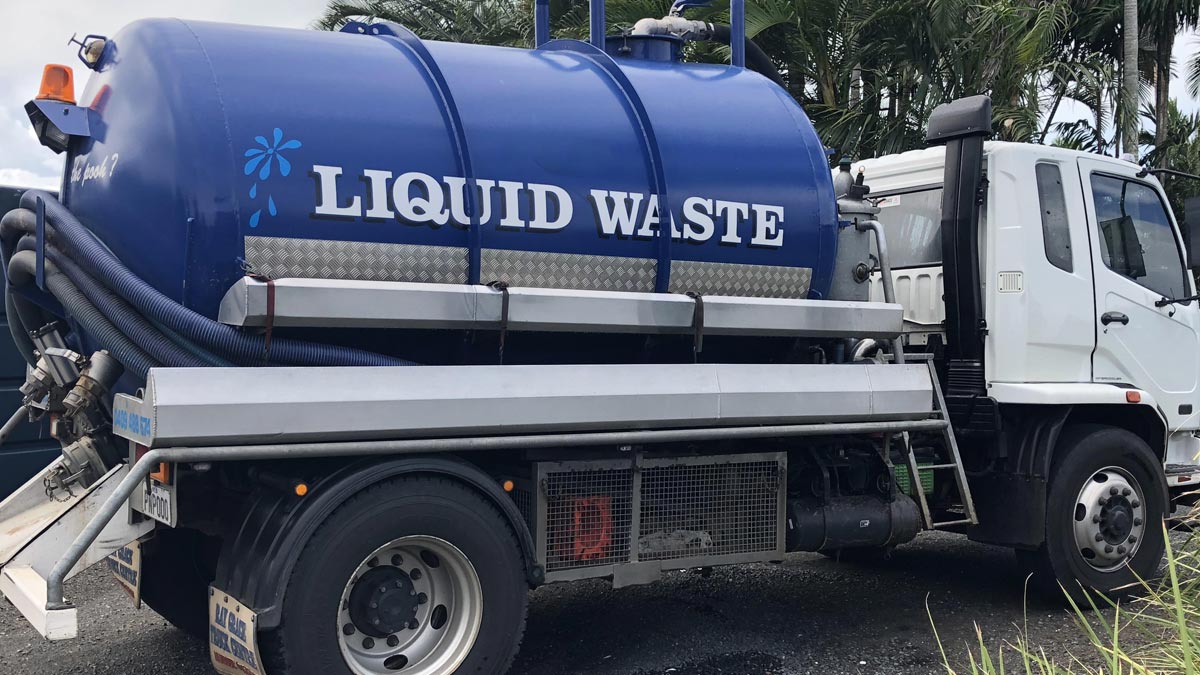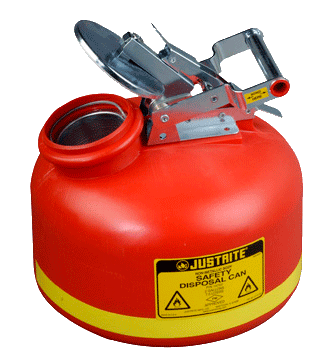Industrial Wastewater Treatment: Advanced Methods for Effective Monitoring
Understanding the Comprehensive Process of Fluid Garbage Disposal: Ideal Practices and Environmental Impact Considerations
The management of fluid waste disposal is a complex problem that requires a thorough understanding of various ideal techniques and their linked environmental influences. From the kinds of liquid waste produced to the approaches used for collection, therapy, and last disposal, each step plays a crucial function in guarding ecosystems and public wellness.
Kinds Of Liquid Waste
Understanding the different kinds of liquid waste is essential for efficient monitoring and disposal practices. Fluid waste can be broadly categorized right into numerous kinds, each calling for unique handling and therapy approaches.
Industrial fluid waste commonly contains dangerous products, consisting of heavy metals, solvents, and chemicals, generated during manufacturing procedures. These wastes demand rigorous regulatory compliance to shield human health and the atmosphere. Domestic liquid waste mostly describes wastewater created from households, including sewer and greywater, which, although much less harmful, can still pose considerable threats if improperly handled.
Agricultural liquid waste, including overflow from farms, frequently has fertilizers and pesticides that can lead to environmental deterioration if not treated appropriately. Clinical liquid waste, generated from healthcare facilities, consists of infected fluids such as physical liquids and chemicals, requiring specialized disposal techniques to stop infection and ecological contamination.
Lastly, oil and oil waste, usually produced by dining establishments and vehicle industries, can trigger serious blockages in sewage system systems otherwise taken care of appropriately. Comprehending these classifications promotes targeted approaches for treatment, conformity with policies, and efficient disposal methods, eventually promoting ecological sustainability and public health safety.

Collection Techniques
Reliable collection approaches are important for the correct management of fluid waste, ensuring that it is collected securely and efficiently prior to therapy or disposal. Various strategies are utilized relying on the sort of liquid waste created, the volume, and the particular features of the waste.
One typical technique is making use of specialized collection storage tanks or sumps, which are created to catch fluid waste at the resource. These systems typically integrate pumps that facilitate the transfer of waste to bigger storage space containers or treatment centers. In addition, mobile collection devices outfitted with vacuum cleaner technology are utilized in scenarios where waste is generated periodically or in hard-to-reach areas.
For industrial setups, closed-loop systems can efficiently minimize spills and leakages, permitting for the recuperation and reuse of fluid waste. It is additionally important to educate employees on proper collection procedures to reduce threats related to hazardous materials.
Moreover, implementing regular upkeep routines for collection tools ensures optimum efficiency and safety and security. The assimilation of innovative surveillance systems can improve collection efficiency by giving real-time information on waste degrees and potential hazards. In general, effective collection techniques are foundational to sustainable liquid waste monitoring techniques.
Treatment Procedures
Therapy processes play a vital duty in the management of liquid waste, changing possibly dangerous materials right into reusable sources or secure effluents - liquid waste disposal. These processes can be broadly categorized into physical, chemical, and organic techniques, each tailored to address details contaminants present in the waste stream
Physical treatment techniques, such as sedimentation and filtration, job by eliminating suspended solids and particulate matter. These techniques are usually the initial step in the treatment chain, properly minimizing the tons on subsequent procedures. Chemical treatments entail making use of reagents to neutralize harmful materials, precipitate hefty this website metals, or oxidize natural toxins, thereby improving the safety and security of the effluent.
Organic treatment processes, consisting of activated sludge systems and anaerobic digestion, maximize the natural abilities of microbes to weaken raw material. These methods are specifically effective for wastewater including naturally degradable pollutants. Advanced treatment technologies, such as membrane layer purification and advanced oxidation processes, are progressively utilized to attain higher degrees of purification.
Including a mix of these therapy methods not only guarantees conformity with regulative standards however also promotes environmental sustainability by recovering valuable resources from fluid waste.
Disposal Options
Just how can organizations make sure the responsible and risk-free disposal of liquid waste? Efficient disposal alternatives are critical for protecting public health and the environment. The primary techniques consist of land incineration, disposal, and treatment complied with by discharge right into local wastewater systems.
Land disposal includes the careful containment of liquid waste in marked land fills, guaranteeing that it does not seep right into bordering soil or water. Incineration, on the other hand, subjects fluid waste to high temperature levels, converting it right into ash and gases, which call for proper filtration to lessen discharges. This technique is appropriate for unsafe wastes that can not be dealt with with conventional means.
In cases where liquid waste can be treated, organizations may opt for biological or chemical treatment procedures to neutralize damaging parts before discharging the treated effluent right into municipal systems. This route usually aligns with regulatory needs, making sure that the effluent satisfies security standards.
Eventually, companies have to carry out complete assessments of each disposal option to determine its feasibility, taking into consideration elements such as waste composition, regulative compliance, and possible risks to health and wellness and the atmosphere. By picking ideal disposal methods, services can add to a liable waste monitoring method.
Ecological Effect
The ecological influence of liquid waste disposal is an important consideration for organizations seeking to lessen their ecological footprint. Improper disposal methods can lead to considerable contamination of water resources, dirt degradation, and adverse effects on local ecological communities. For example, try this site hazardous fluids can leach right into groundwater, posturing threats to drinking water products and aquatic life. Furthermore, the discharge of unattended or inadequately dealt with waste into surface waters can lead to eutrophication, causing oxygen exhaustion and the subsequent fatality of fish and various other microorganisms.

To mitigate these influences, organizations need to adopt ideal practices such as executing extensive waste therapy processes, promoting recycling and reuse, and sticking to regulatory requirements. By taking a positive method to liquid waste monitoring, entities can significantly minimize their environmental footprint while supporting lasting development objectives. Eventually, an extensive understanding of the environmental influences associated with fluid garbage disposal is vital for notified decision-making and responsible stewardship of all-natural resources.
Verdict
Reliable monitoring of fluid waste is essential for securing environmental integrity and public health. Ultimately, a comprehensive understanding of liquid waste disposal not just minimizes ecological effects yet also cultivates a dedication to accountable resource management and ecological stewardship.
The administration of liquid waste disposal is a diverse problem that calls for a complete understanding of numerous finest practices and their associated environmental effects. From the types of fluid waste created to the approaches utilized for collection, treatment, and last disposal, each step plays an important duty in guarding ecosystems and public wellness.The environmental influence of liquid waste disposal is a vital consideration for companies seeking to minimize this website their environmental impact. Ultimately, a detailed understanding of the ecological impacts associated with liquid waste disposal is necessary for notified decision-making and responsible stewardship of all-natural resources.
Eventually, a detailed understanding of fluid waste disposal not just reduces environmental influences however also cultivates a dedication to accountable source administration and ecological stewardship.